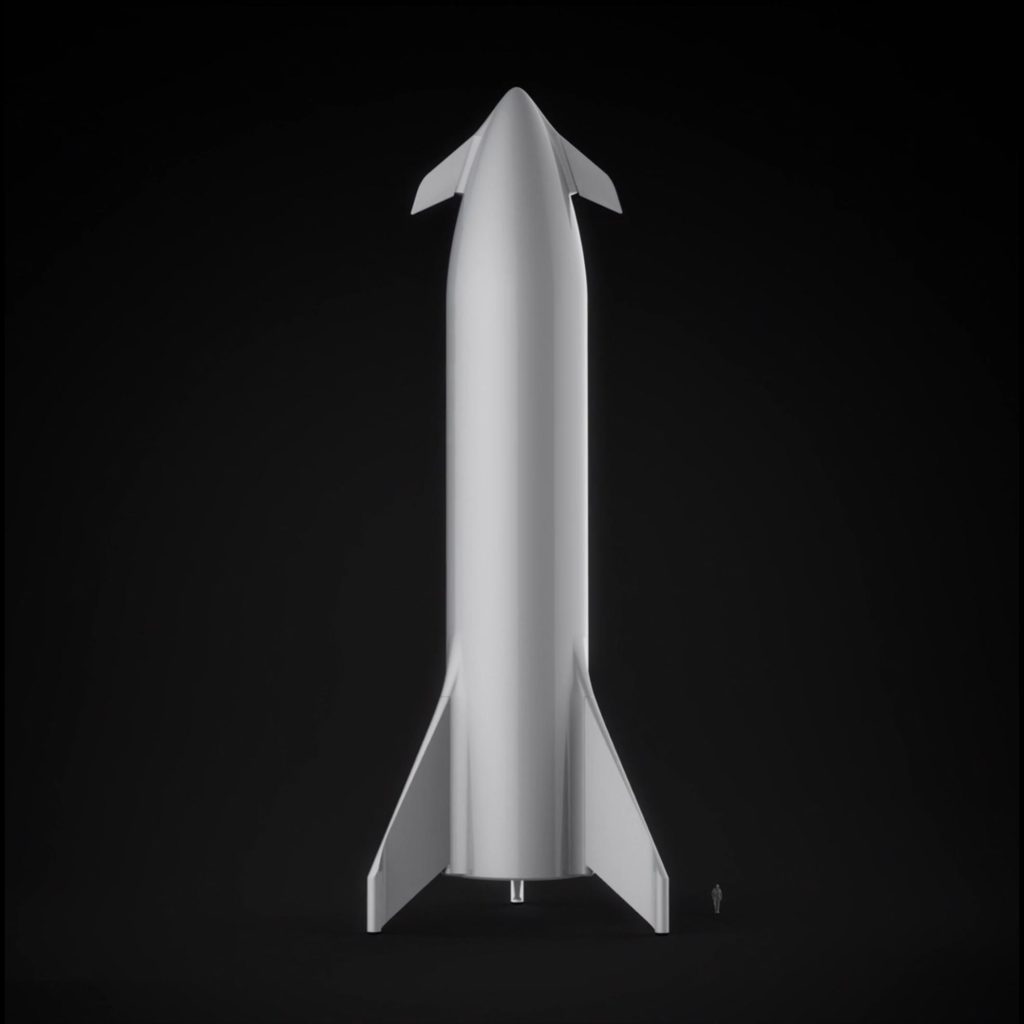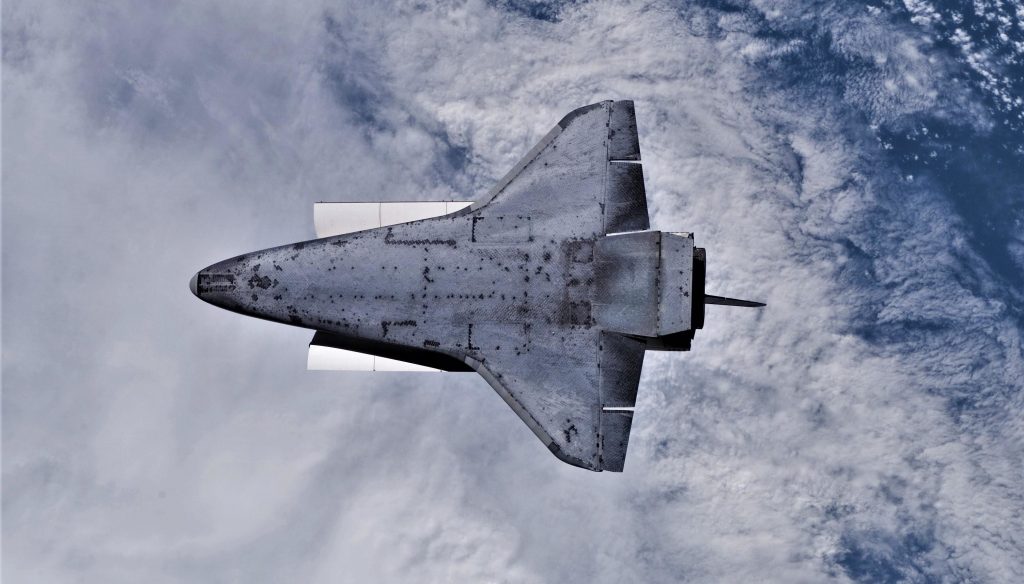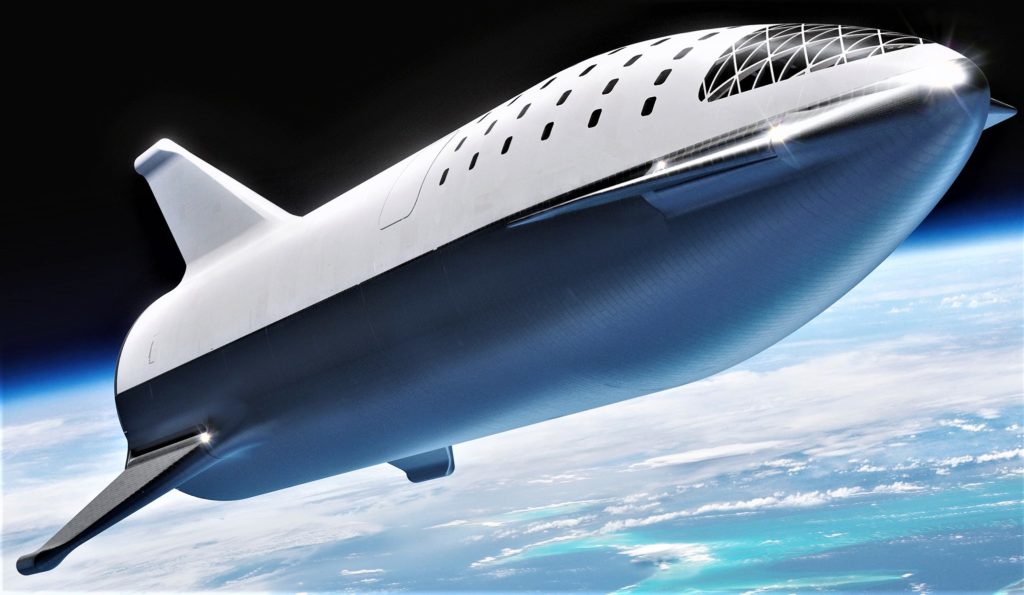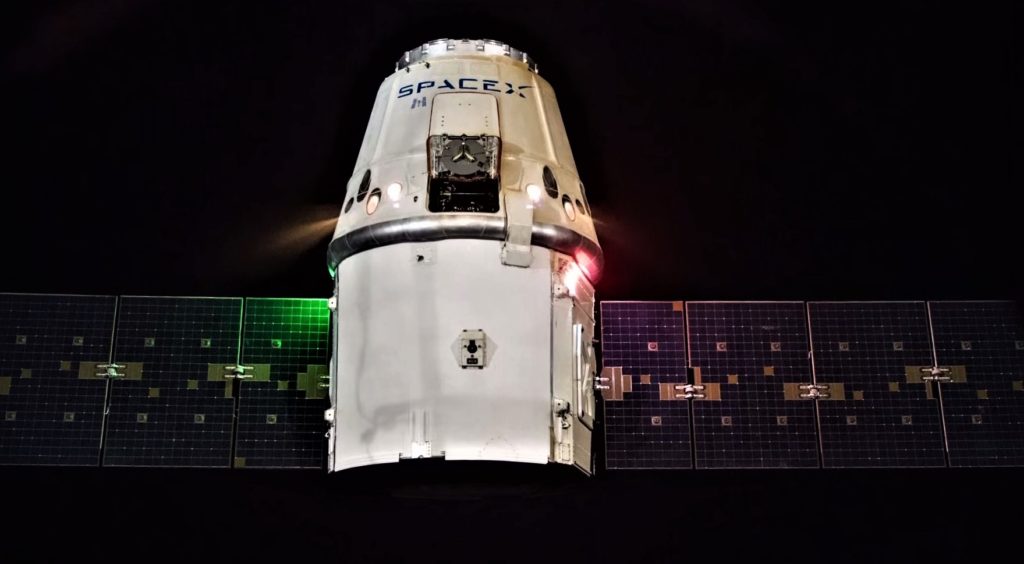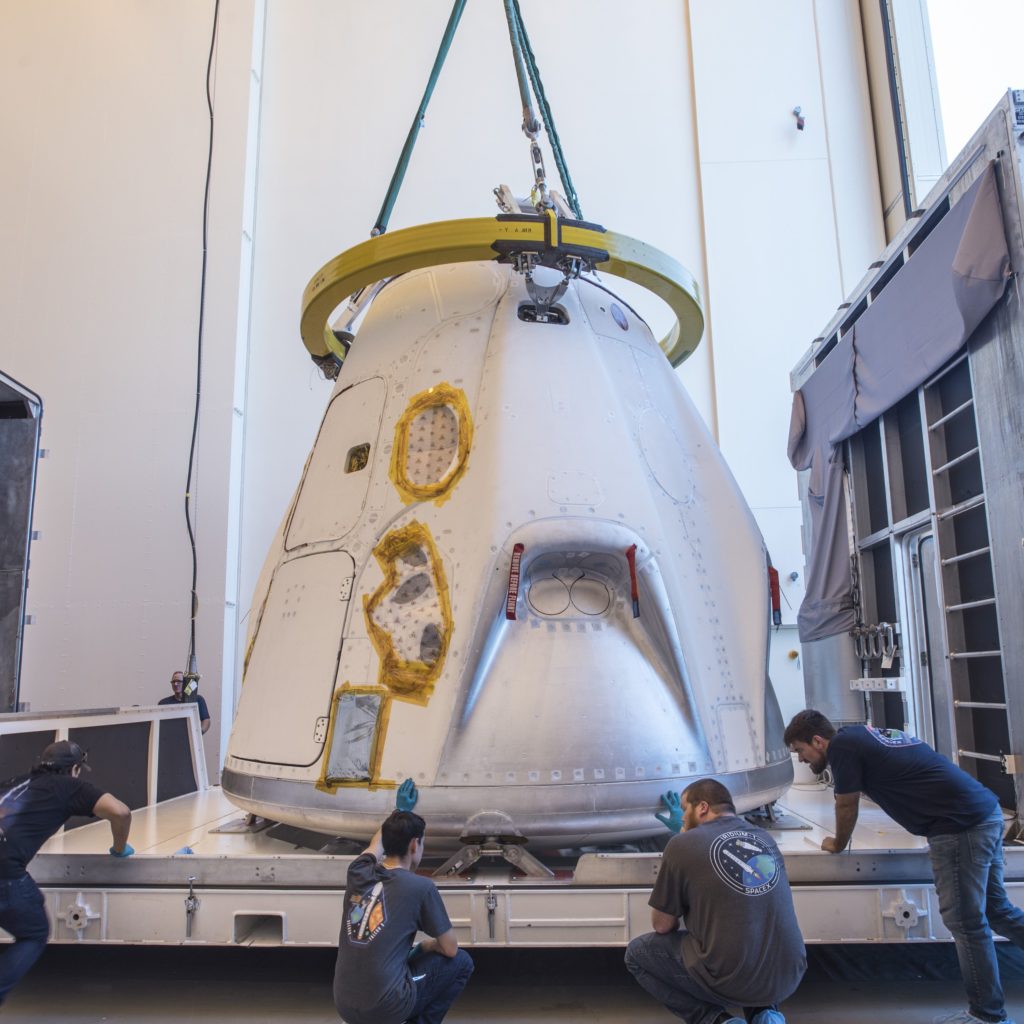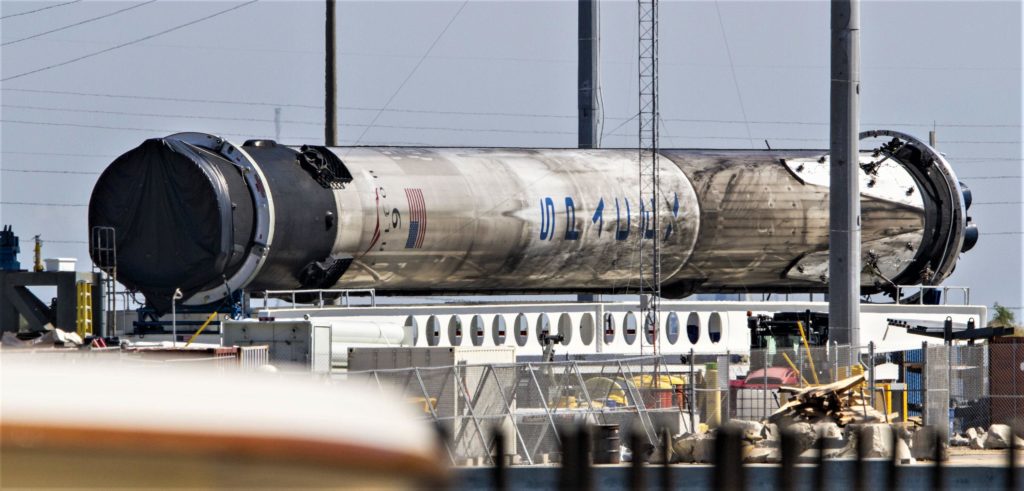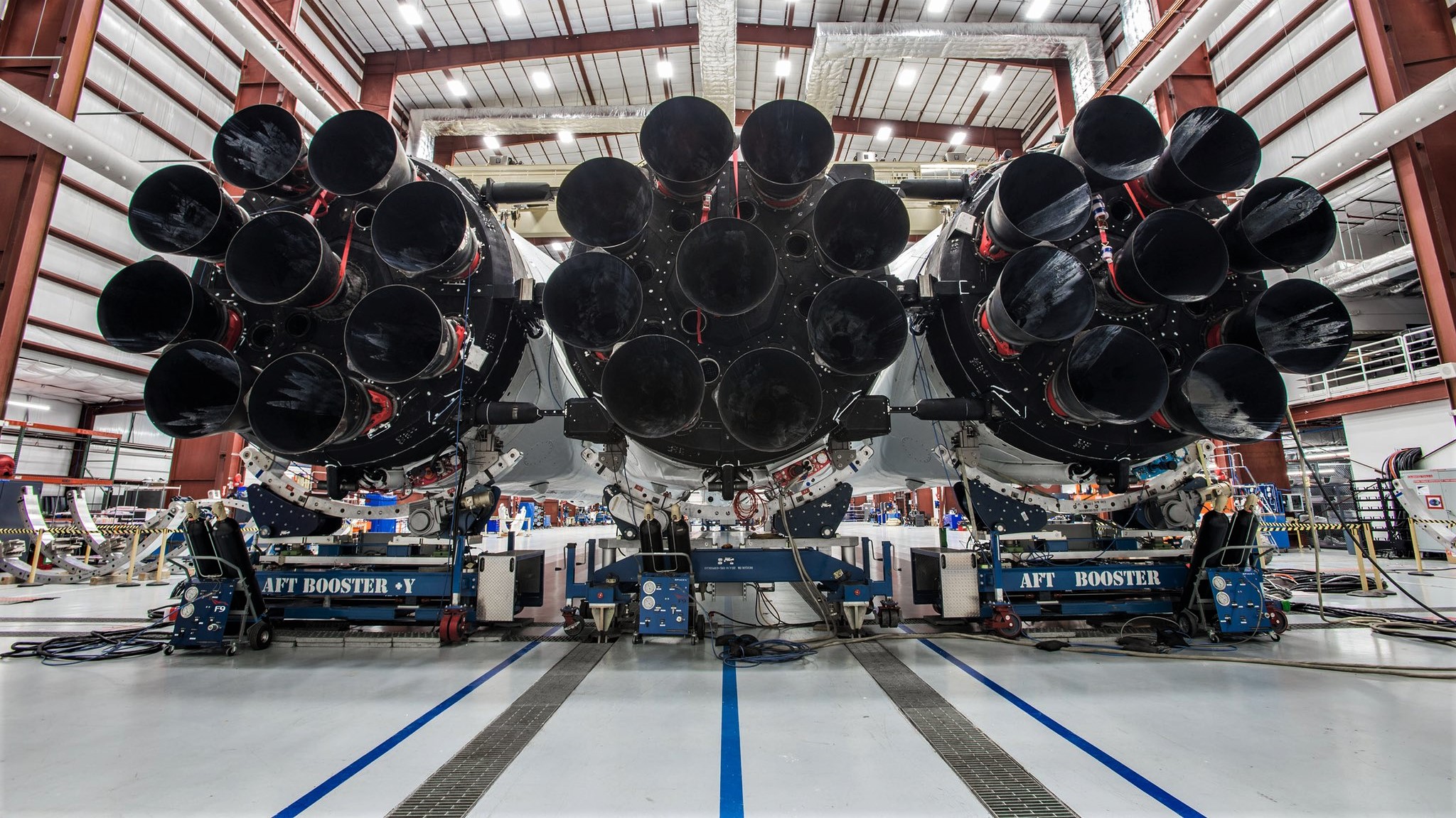

News
SpaceX executive talks rocket R&D: “Nobody paid us to make Falcon Heavy”
Set to give a keynote speech on October 3rd at 2018’s International Astronautical Congress (IAC), Hans Koenigsmann – SpaceX Vice President of Build and Flight Reliability – attended an impromptu talk one day prior, titled “From the University of Bremen to SpaceX”.
Speaking before a small audience, the University of Bremen graduate and fourth employee to join SpaceX discussed his opinions of Falcon Heavy, BFR, and more, frankly relating how SpaceX intentionally chose to build Falcon Heavy on its own, going so far as to turn down funding reportedly offered by one or more US government agencies.
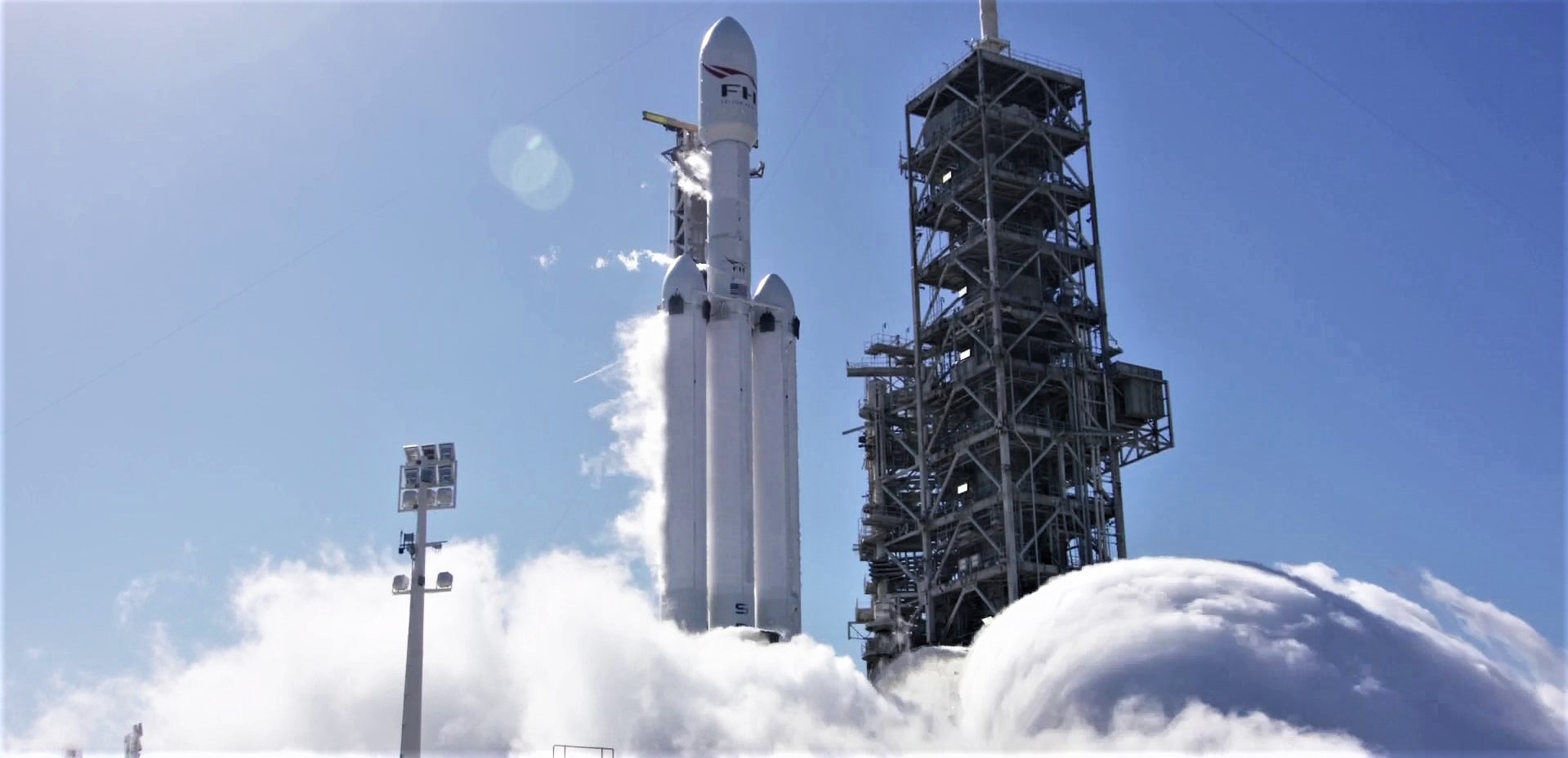
From Bremen to SpaceX (to Bremen)
Hopefully a sign of things to come for his 09:20 UTC, Oct. 3 keynote, titled “Reusability: The Key to Reliability and Affordability”, Hans’ precursor talk centered around the circuitous path that led him from University of Bremen to SpaceX, humorously describing how he “got bored of airplanes pretty quickly” after becoming an aerospace engineer. He quickly turned to space, hopping between a number of German smallsat projects that eventually led him to settle in the U.S. after flying there and back “at least 25 times”.
Once in the US, he wound up working at spaceflight startup Microcosm – alongside now-president and COO of SpaceX Gwynne Shotwell – for several years before running into Elon Musk and almost immediately accepting the eccentric entrepreneur’s SpaceX job offer in 2002. He has worked for SpaceX ever since and now spends a majority of his time managing and overseeing its BFR, Block 5, and Crew Dragon programs with a focus on systematically ensuring reliability. He touched on the company’s BFR development program and pointed to the fabrication of massive composite structures as the single most pressing challenge facing SpaceX engineers and technicians.
Asked by an audience member about the apparent difficulty of developing the heat-shield segment of BFR’s spaceship upper stage (BFS), Koenigsmann was quite confident that it would be a relatively easy aspect of the craft’s development, making the argument that what really matters to the craft is overall heat transfer per unit of its shield. From a basic comparison of the area of a given heat shield and the spacecraft’s mass at reentry, his lack of concern is probably warranted – a BFR spaceship’s worst-case LEO reentry is likely to be less stressful than an average Space Shuttle reentry.
- BFS bares its belly in a 360 degree animation. (SpaceX)
- Space Shuttle Endeavor shows off its main heat shield during an on-orbit inspection in August 2007. (NASA)
- A slightly broader overview of BFS just after separating from the booster. Note notches along the shield/skin divide, as well as very specific access panels, hatches, and smaller protuberances. (SpaceX)
“Try [to not] get money from the government”
Perhaps most intriguing of all Koenigsmann’s comments was an almost unprovoked segue into the US government’s involvement in Falcon Heavy development. According to the SpaceX executive, the company was actually approached by “the government”, with the unknown agency or agencies stating – in Hans’ words – that they wanted to be a part of the rocket’s development. According to Hans, SpaceX responded in an extremely unorthodox fashion: “we said, ‘Nope! We just wanna build it, you can buy it when it’s ready and we’ll charge you for the service.’” He noted in the next sentence that funding was the primary lever on the table:
“It’s a great position to do this, you gotta find the money, you gotta know people that have money and are willing to invest in your company, and [SpaceX has] been lucky enough to know some of those people.”
In other words, when given an opportunity to either rely on government funding or some other source of capital for a given R&D project, SpaceX – or at least Hans Koenigsmann, VP of Reliability – would apparently recommend the latter option in almost all cases. Again, without being prompted, he elaborated on his feelings about funding sources, culminating in a statement that is simply profound coming from an executive in the aerospace industry. The following quote is unabridged and straight from Hans himself:
“You need to [try to not] get money from the government, otherwise the government will tell you what to build and how to build it… they will tell you how to build this and that’s just not always – I mean for some things it’s the best to do, but in others it’s actually not.”
- A concert of Draco thrusters work to push Dragon away from the ISS and back towards Earth. (ESA)
- The first spaceworthy Crew Dragon capsule is already in Florida, preparing for its November 2018 launch debut. The same capsule will be refurbished and reflown as few as three months after recovery. (SpaceX)
- It’s currently unclear whether B1046 or B1048 will become the first SpaceX rocket to fly three times. (Tom Cross)
This sentiment could suggest that SpaceX will seek to prioritize private funding sources for the development of future vehicles like BFR’s rocket and spaceship, although there is plenty of room for interpretation in Hans’ IAC 2018 comments. SpaceX currently maintains strong and productive relationships with both NASA and the USAF, primarily centered around the company’s $2.6B fixed-price contract for the development and operation of Crew Dragon.
Watch and listen to Hans Koenigsmann’s full presentation below.
https://www.youtube.com/watch?v=hs2LBeLCo_s
For prompt updates, on-the-ground perspectives, and unique glimpses of SpaceX’s rocket recovery fleet check out our brand new LaunchPad and LandingZone newsletters!
News
Tesla launches in India with Model Y, showing pricing will be biggest challenge
Tesla finally got its Model Y launched in India, but it will surely come at a price for consumers.

Tesla has officially launched in India following years of delays, as it brought its Model Y to the market for the first time on Tuesday.
However, the launch showed that pricing is going to be its biggest challenge. The all-electric Model Y is priced significantly higher than in other major markets in which Tesla operates.
On Tuesday, Tesla’s Model Y went up for sale for 59,89,000 rupees for the Rear-Wheel Drive configuration, while the Long Range Rear-Wheel Drive was priced at 67,89,000.
This equates to $69,686 for the RWD and $78,994 for the Long Range RWD, a substantial markup compared to what these cars sell for in the United States.
🚨 Here’s the difference in price for the Tesla Model Y in the U.S. compared to India.
🚨 59,89,000 is $69,686
🚨 67,89,000 is $78,994 pic.twitter.com/7EUzyWLcED— TESLARATI (@Teslarati) July 15, 2025
Deliveries are currently scheduled for the third quarter, and it will be interesting to see how many units they can sell in the market at this price point.
The price includes tariffs and additional fees that are applied by the Indian government, which has aimed to work with foreign automakers to come to terms on lower duties that increase vehicle cost.
Tesla Model Y seen testing under wraps in India ahead of launch
There is a chance that these duties will be removed, which would create a more stable and affordable pricing model for Tesla in the future. President Trump and Indian Prime Minister Narendra Modi continue to iron out those details.
Maharashtra Chief Minister Devendra Fadnavis said to reporters outside the company’s new outlet in the region (via Reuters):
“In the future, we wish to see R&D and manufacturing done in India, and I am sure at an appropriate stage, Tesla will think about it.”
It appears to be eerily similar to the same “game of chicken” Tesla played with Indian government officials for the past few years. Tesla has always wanted to enter India, but was unable to do so due to these import duties.
India wanted Tesla to commit to building a Gigafactory in the country, but Tesla wanted to test demand first.
It seems this could be that demand test, and the duties are going to have a significant impact on what demand will actually be.
Elon Musk
Tesla ups Robotaxi fare price to another comical figure with service area expansion
Tesla upped its fare price for a Robotaxi ride from $4.20 to, you guessed it, $6.90.

Tesla has upped its fare price for the Robotaxi platform in Austin for the first time since its launch on June 22. The increase came on the same day that Tesla expanded its Service Area for the Robotaxi ride-hailing service, offering rides to a broader portion of the city.
The price is up from $4.20, a figure that many Tesla fans will find amusing, considering CEO Elon Musk has used that number, as well as ’69,’ as a light-hearted attempt at comedy over the past several years.
Musk confirmed yesterday that Tesla would up the price per ride from that $4.20 point to $6.90. Are we really surprised that is what the company decided on, as the expansion of the Service Area also took effect on Monday?
But the price is now a princely $6.90, as foretold in the prophecy 😂
— Elon Musk (@elonmusk) July 14, 2025
The Service Area expansion was also somewhat of a joke too, especially considering the shape of the new region where the driverless service can travel.
I wrote yesterday about how it might be funny, but in reality, it is more of a message to competitors that Tesla can expand in Austin wherever it wants at any time.
Tesla’s Robotaxi expansion wasn’t a joke, it was a warning to competitors
It was only a matter of time before the Robotaxi platform would subject riders to a higher, flat fee for a ride. This is primarily due to two reasons: the size of the access program is increasing, and, more importantly, the service area is expanding in size.
Tesla has already surpassed Waymo in Austin in terms of its service area, which is roughly five square miles larger. Waymo launched driverless rides to the public back in March, while Tesla’s just became available to a small group in June. Tesla has already expanded it, allowing new members to hail a ride from a driverless Model Y nearly every day.
The Robotaxi app is also becoming more robust as Tesla is adding new features with updates. It has already been updated on two occasions, with the most recent improvements being rolled out yesterday.
Tesla updates Robotaxi app with several big changes, including wider service area
News
Tesla Model Y and Model 3 dominate U.S. EV sales despite headwinds
Tesla’s two mainstream vehicles accounted for more than 40% of all EVs sold in the United States in Q2 2025.

Tesla’s Model Y and Model 3 remained the top-selling electric vehicles in the U.S. during Q2 2025, even as the broader EV market dipped 6.3% year-over-year.
The Model Y logged 86,120 units sold, followed by the Model 3 at 48,803. This means that Tesla’s two mainstream vehicles accounted for 43% of all EVs sold in the United States during the second quarter, as per data from Cox Automotive.
Tesla leads amid tax credit uncertainty and a tough first half
Tesla’s performance in Q2 is notable given a series of hurdles earlier in the year. The company temporarily paused Model Y deliveries in Q1 as it transitioned to the production of the new Model Y, and its retail presence was hit by protests and vandalism tied to political backlash against CEO Elon Musk. The fallout carried into Q2, yet Tesla’s two mass-market vehicles still outsold the next eight EVs combined.
Q2 marked just the third-ever YoY decline in quarterly EV sales, totaling 310,839 units. Electric vehicle sales, however, were still up 4.9% from Q1 and reached a record 607,089 units in the first half of 2025. Analysts also expect a surge in Q3 as buyers rush to qualify for federal EV tax credits before they expire on October 1, Cox Automotive noted in a post.
Legacy rivals gain ground, but Tesla holds its commanding lead
General Motors more than doubled its EV volume in the first half of 2025, selling over 78,000 units and boosting its EV market share to 12.9%. Chevrolet became the second-best-selling EV brand, pushing GM past Ford and Hyundai. Tesla, however, still retained a commanding 44.7% electric vehicle market share despite a 12% drop in in Q2 revenue, following a decline of almost 9% in Q1.
Incentives reached record highs in Q2, averaging 14.8% of transaction prices, roughly $8,500 per vehicle. As government support winds down, the used EV market is also gaining momentum, with over 100,000 used EVs sold in Q2.
Q2 2025 Kelley Blue Book EV Sales Report by Simon Alvarez on Scribd
-

 News3 days ago
News3 days agoTesla debuts hands-free Grok AI with update 2025.26: What you need to know
-

 Elon Musk1 week ago
Elon Musk1 week agoElon Musk confirms Grok 4 launch on July 9 with livestream event
-

 Elon Musk6 days ago
Elon Musk6 days agoxAI launches Grok 4 with new $300/month SuperGrok Heavy subscription
-

 News2 weeks ago
News2 weeks agoTesla Model 3 ranks as the safest new car in Europe for 2025, per Euro NCAP tests
-

 Elon Musk2 weeks ago
Elon Musk2 weeks agoxAI’s Memphis data center receives air permit despite community criticism
-

 News5 days ago
News5 days agoTesla begins Robotaxi certification push in Arizona: report
-

 Elon Musk2 weeks ago
Elon Musk2 weeks agoTesla reveals it is using AI to make factories more sustainable: here’s how
-

 Elon Musk2 weeks ago
Elon Musk2 weeks agoTesla scrambles after Musk sidekick exit, CEO takes over sales

